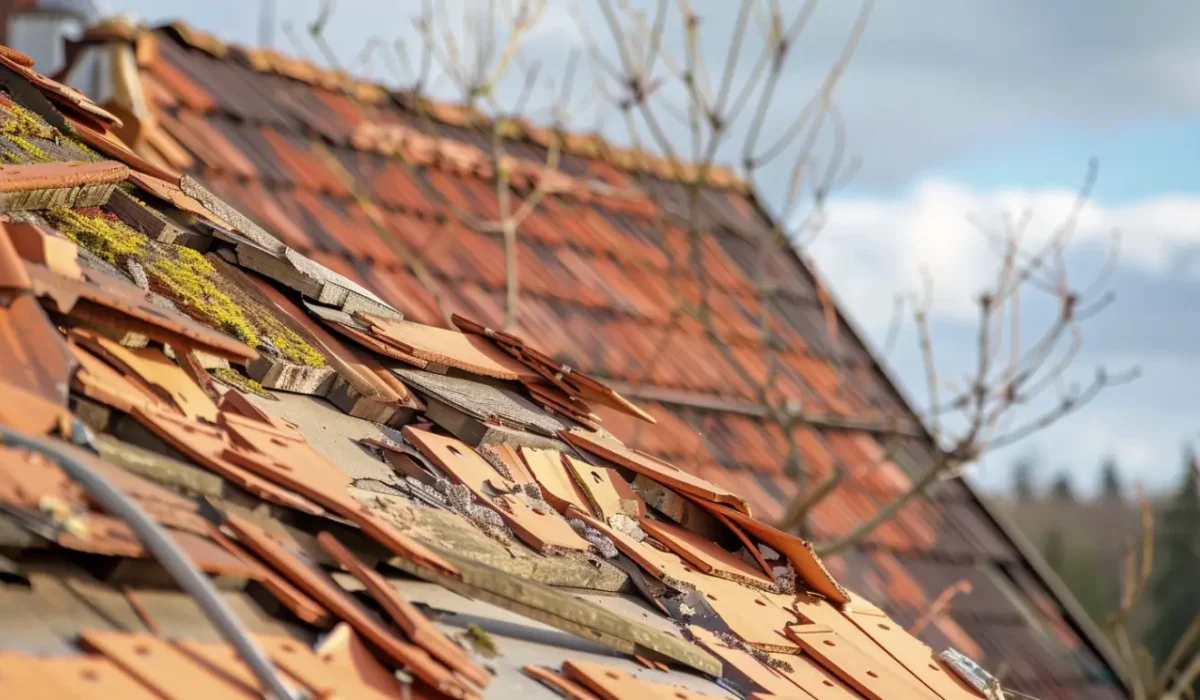Storms in Grapevine, TX can roll in fast and leave behind significant damage—especially to roofs. From hail and wind to falling branches and torrential rain, your roof often bears the brunt of these weather events. If you suspect storm damage, acting quickly is critical—not only to protect your home, but also to navigate the insurance process effectively. Here’s a step-by-step guide on how to file a roof insurance claim after a storm and get the coverage you deserve.
Step 1: Prioritize Safety First
Before you assess the damage, ensure that your home is safe to enter. Avoid climbing on the roof yourself—there could be hidden structural issues, slick surfaces, or loose shingles that make it dangerous.
Instead, perform a preliminary visual inspection from the ground. Look for signs such as:
- Shingles scattered around your property
- Pieces of flashing on the ground
- Clogged or sagging gutters
- Water stains or leaks inside your home
Document anything you notice with photos and notes.
Step 2: Review Your Insurance Policy
Before calling your insurance company, take a moment to review your homeowner’s insurance policy. Look for specific clauses regarding:
- Wind and hail coverage
- Deductibles
- Time limits for filing claims
- Exclusions related to pre-existing damage or lack of maintenance
Understanding your policy will help you know what to expect during the claims process—and help you ask the right questions when you speak with your adjuster.
Step 3: Schedule a Professional Roof Inspection
Even if the damage seems minor, it’s essential to have a roofing professional assess your roof. In many cases, damage is not immediately visible from the ground. A professional will:
- Identify hidden or minor damage
- Provide photographic evidence
- Offer a detailed damage report
- Guide you through the next steps
In Grapevine, TX, homeowners rely on KangaRoof for expert post-storm inspections and accurate assessments. KangaRoof is trained to work directly with insurance companies and is known for honest evaluations and dependable service. As an OC Preferred and Emerald Premium Contractor, they are trusted by both homeowners and manufacturers alike.
Step 4: File Your Claim Promptly
Most insurance policies require that you file a claim within a specific time frame after a storm. Contact your insurance provider as soon as you have documentation of the damage and an inspection report in hand.
When you call, be ready to provide:
- The date and time of the storm
- A brief description of the damage
- Photos and inspection reports
- Any immediate repairs made to prevent further damage
Make sure to keep a record of every communication you have with your insurance company, including names, dates, and call summaries.
Step 5: Meet With the Insurance Adjuster
After filing the claim, your insurance company will assign an adjuster to inspect the damage and determine how much of the repair or replacement costs will be covered. It’s wise to have your roofer present during this inspection to ensure nothing is overlooked.
Your roofing contractor can:
- Point out hidden damage
- Clarify technical details
- Advocate on your behalf if discrepancies arise
This step is crucial to ensuring the adjuster has a full understanding of the scope of work required.
Step 6: Get Estimates and Begin the Work
Once your claim is approved, you’ll receive a detailed statement explaining what’s covered and the payout amount. Now it’s time to move forward with repairs or replacement.
Be sure to:
- Use a licensed and insured contractor
- Ensure the contractor agrees to complete the work as outlined in the claim
- Avoid “storm chasers” offering cheap, quick fixes with no credentials
With a proven reputation in the Grapevine area, KangaRoof provides high-quality workmanship using premium materials—ensuring your roof not only meets insurance standards but exceeds your expectations.
Step 7: Follow Up With Your Insurance Company
After the work is completed, keep in touch with your insurance provider to confirm that all paperwork is in order. Submit invoices, completion photos, and any other requested documents.
If your policy includes recoverable depreciation (RCV), you may receive a second payment once the job is fully completed and verified.
Final Thoughts: Don’t Delay—Act With Confidence
Filing a roof insurance claim after a storm can feel overwhelming, but it doesn’t have to be. With a trusted roofing partner like KangaRoof and a clear understanding of the process, you can take quick, confident steps toward restoring your home and peace of mind.
When storms hit Grapevine, TX, be proactive. Time is limited, and so is your window to claim full coverage. Protect your home and your wallet by acting immediately after the storm passes.
Read also our blog: Spring Roof Inspection Checklist for Texas Homeowners
